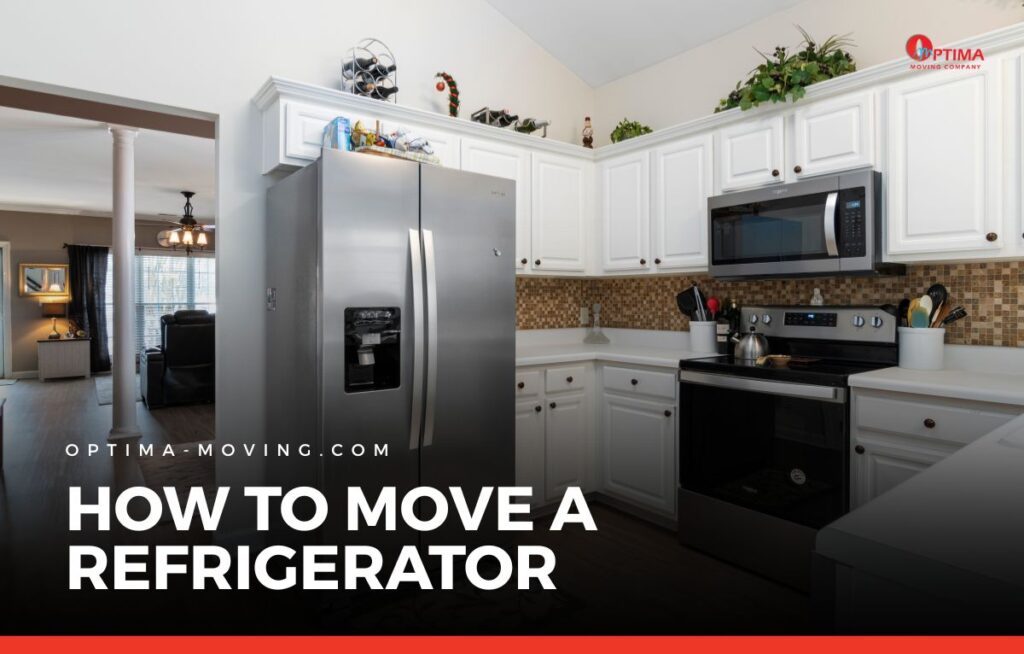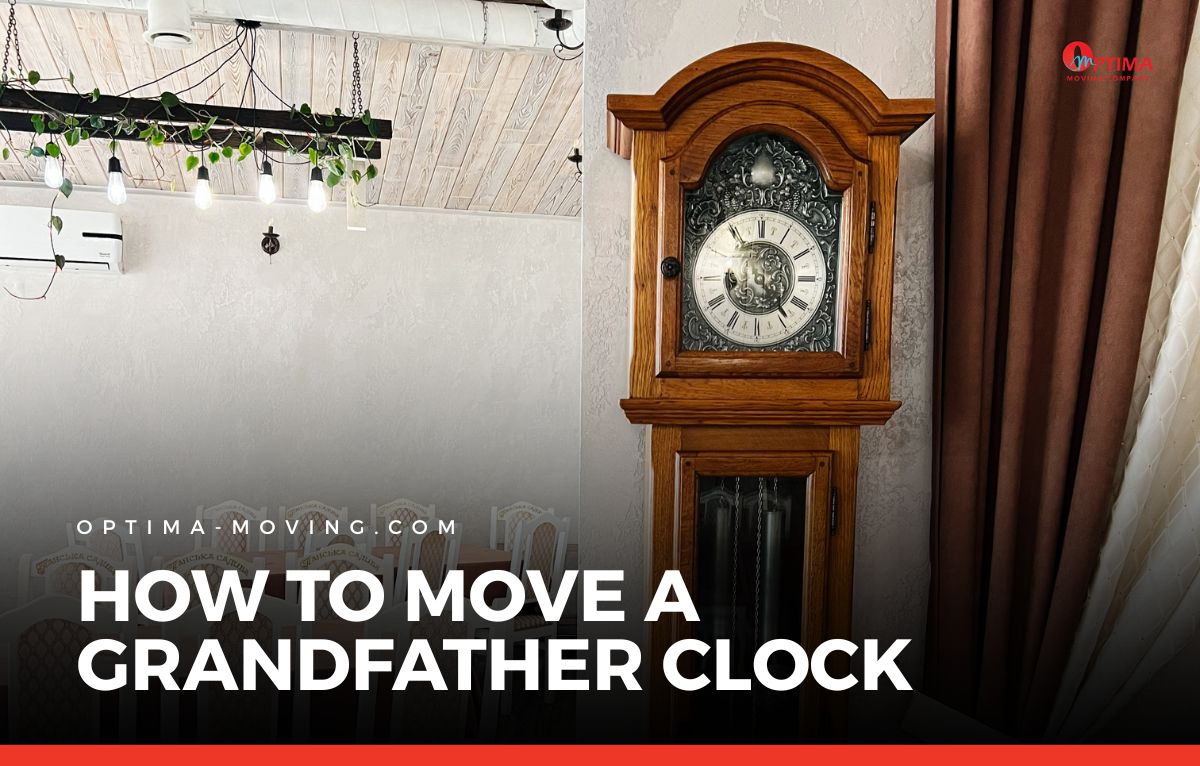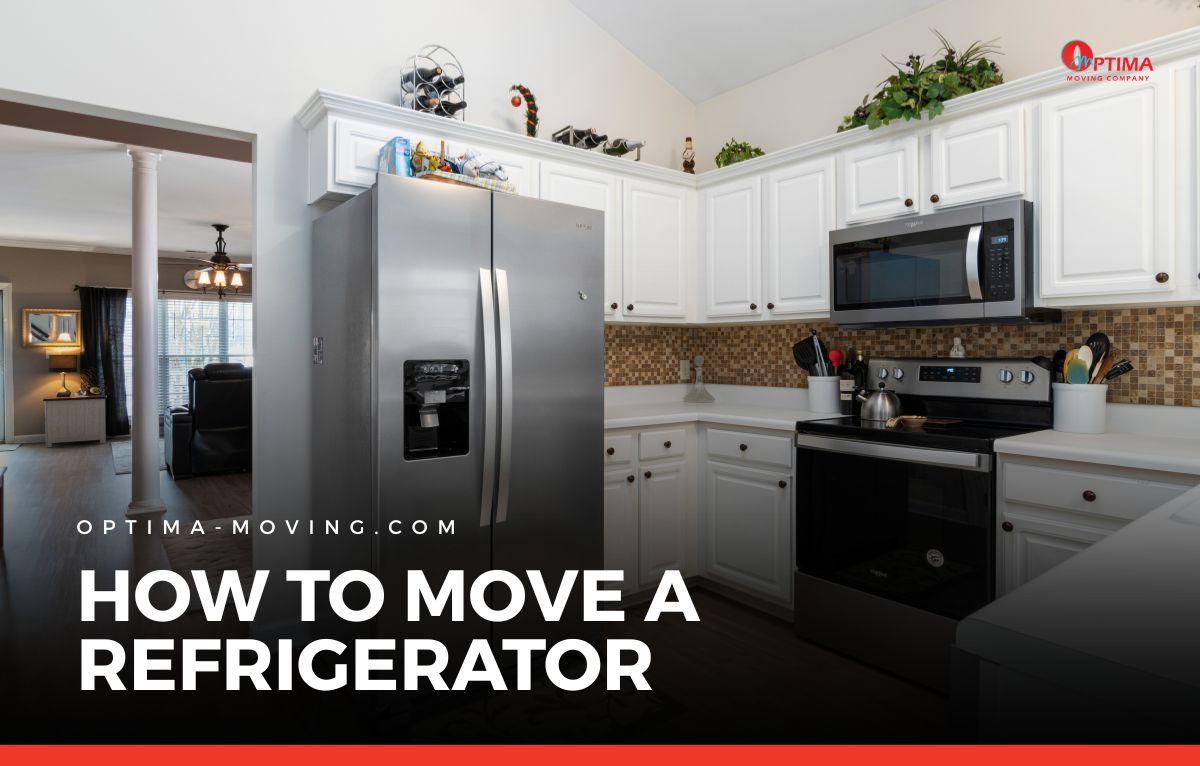Moving a refrigerator might seem simple until you’re actually facing the task. These machines are bulky, heavy, and easy to damage if you’re not prepared. From internal parts to your floors and walls, one wrong move can lead to costly repairs. This explains how to move a refrigerator the right way, covering what you should do before, during, and after the move. Follow these steps to handle it with care and confidence.
Why Moving a Refrigerator Requires Care
Most fridges weigh anywhere from 200 to 400 pounds and have delicate components inside. Shifting it too aggressively can damage the compressor or disrupt coolant lines, which may cause poor performance later. If it’s tipped too much or laid flat, internal fluids can move in ways that harm the cooling system. On top of that, dragging a fridge without preparation can gouge hardwood floors, chip tiles, or scratch walls. Taking the right precautions upfront protects both the appliance and your home.
Another reason to be cautious? Many refrigerators today have smart features, water lines, built-in screens, and ice makers. These extras make the unit even more sensitive to sudden movement. One sharp jolt or wrong tilt can lead to damage that isn’t obvious until days later. Repairing these issues can cost more than you expect—sometimes even more than replacing the unit. So if you’re thinking it’s just about heavy lifting, think again.
Prep Work Before You Move
Start by measuring the dimensions of your refrigerator, doorways, and hallways. This ensures you know what you’re working with and avoids surprises later. Clear a pathway from the kitchen to the door, removing rugs, furniture, or anything that could get in the way. Once the path is clear, it’s time to prepare the fridge.
Unplug it at least 24 hours in advance and let the freezer defrost. Take out all food, drawers, and shelves. Wipe down the inside and dry it completely to avoid drips or odors during the move. Use strong tape or bungee cords to keep the doors shut. For extra protection, wrap the entire unit in moving blankets.
Don’t forget to disconnect the water line if your fridge has one. Turn off the water supply, disconnect the line carefully, and have towels ready for any drips. Secure the cord with a twist tie and tape it to the back so it doesn’t dangle or get caught during transport.
If you’re unsure how to remove the doors, consult the refrigerator’s manual. Some models are easy to take apart, while others require a bit of precision. Keeping the manual on hand helps in case anything needs to be reassembled later.
Equipment and Techniques That Make a Difference
To move the fridge safely, you’ll need a few basic tools:
- Appliance dolly: Built for tall, heavy items with wheels and straps for support
- Ratchet straps or ropes: To secure the fridge to the dolly
- Furniture sliders: To help shift the fridge slightly for loading or adjustments
- Moving blankets: To protect the exterior during transport
Once the fridge is strapped to the dolly, tilt it back slightly and keep it upright. Never lay it flat, as this can damage the compressor. Take your time while moving it, especially around corners and through doorways. If you have stairs, always have one person guiding from above and one from below.
Ideally, have two to three people involved, even for short moves. One person manages the dolly, another supports the fridge, and a third watches corners and clears the path. Good communication makes the process safer and less stressful.
If you’re loading the refrigerator into a truck, use a ramp to roll it up gently. Once inside, keep the unit standing and secure it with straps or blocks so it doesn’t shift during transport.
When Space Gets Tight
If the refrigerator doesn’t fit through the door or hallway, don’t force it. Remove the fridge doors carefully or take off the door to the room temporarily. Pivot or rotate slowly if needed, but keep the fridge as upright as possible. Use blankets or cardboard to shield corners of walls or doors from scratches. Small moves and patience go a long way when navigating tight spots.
Make sure you have extra tools like a screwdriver, Allen wrench, and pliers nearby. Removing handles or adjusting hinge positions can help get a few extra inches of clearance. Sometimes, even detaching the base grille or leveling feet gives you the extra space you need.
If the space is really tight, take a moment to reassess your path. Check if there’s an alternate route through a garage or sliding door that might be wider. It’s better to take a longer route with space than risk bumping into narrow frames.
After the Move: What to Do Before Plugging In
Place the refrigerator in its new spot, but don’t plug it in right away. Let it sit upright for a few hours to allow internal fluids to settle. This helps prevent mechanical issues. While you wait, reattach any removed parts and reconnect the water line if you have one. Level the fridge using the adjustable feet so the doors close evenly and seal properly.
Before adding food, give it a few hours to reach a safe cooling temperature. Monitor it over the next 24 hours to make sure it’s working properly.
Also check for any signs of leaks or strange noises once it powers up. If the fridge is not cooling evenly or making odd sounds, it might indicate internal damage. Catching this early helps you get it repaired or replaced quickly. And remember, don’t overload the fridge right away. Let it stabilize first before putting a full load back in.
Play It Safe and Get It Done Right
Learning how to move a refrigerator correctly can save you time, money, and stress. It’s not something you want to rush. With the right tools, some help, and a clear plan, you can move it without damaging your appliance or your home. But if you’re dealing with stairs, tight doorways, or just want someone else to handle it, professional movers are always a smart choice.
At the end of the day, moving a refrigerator isn’t just about strength; it’s about knowing what to expect, having the right tools, and avoiding shortcuts. If you’re relocating your entire home or just need help moving large appliances, Optima Moving has you covered. We handle your belongings with care, including heavy-duty items like refrigerators.




